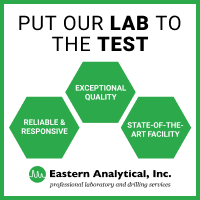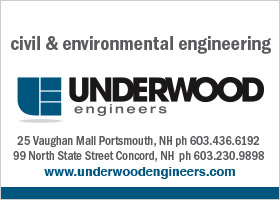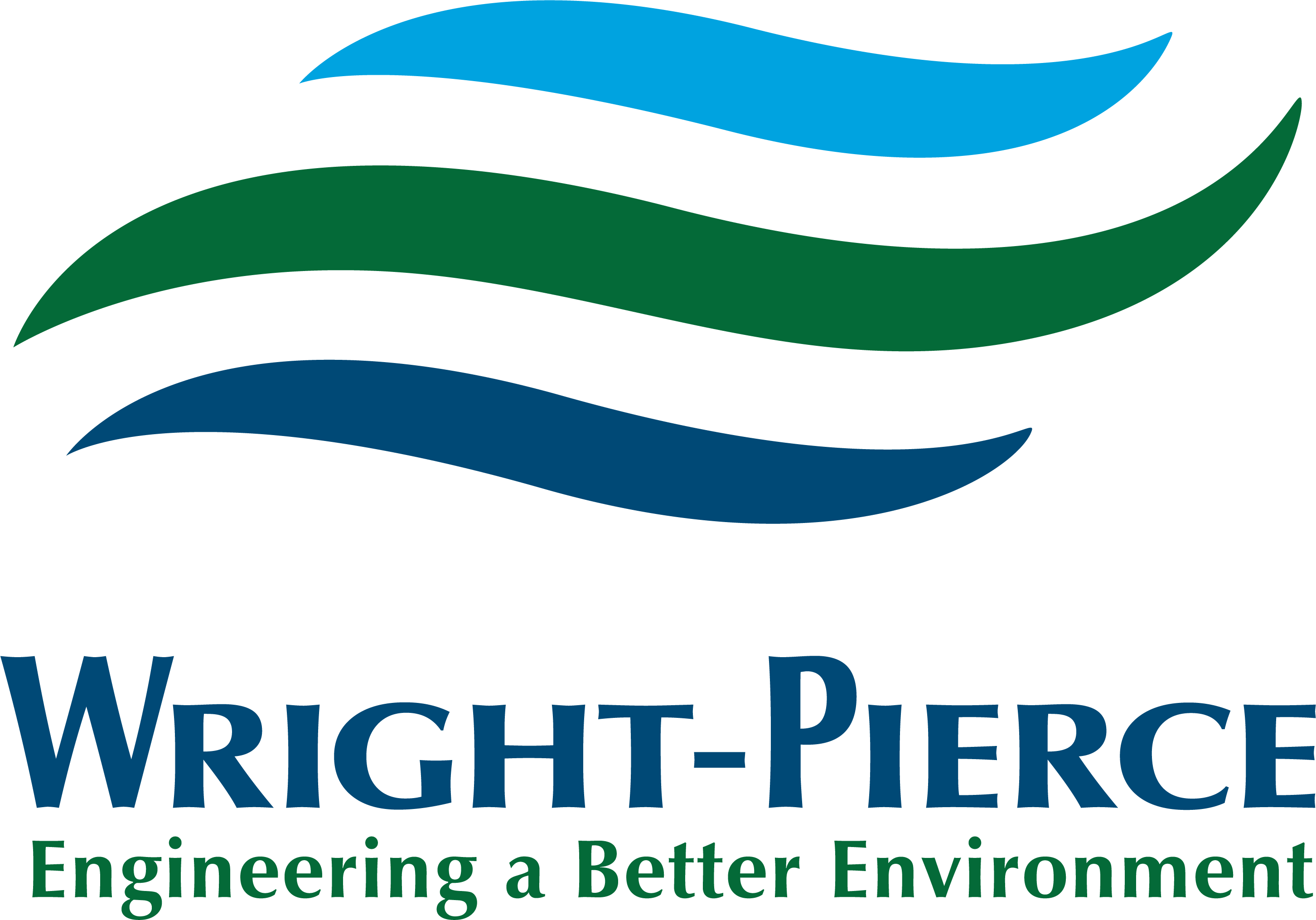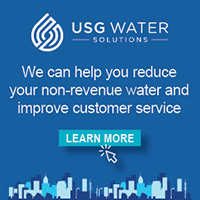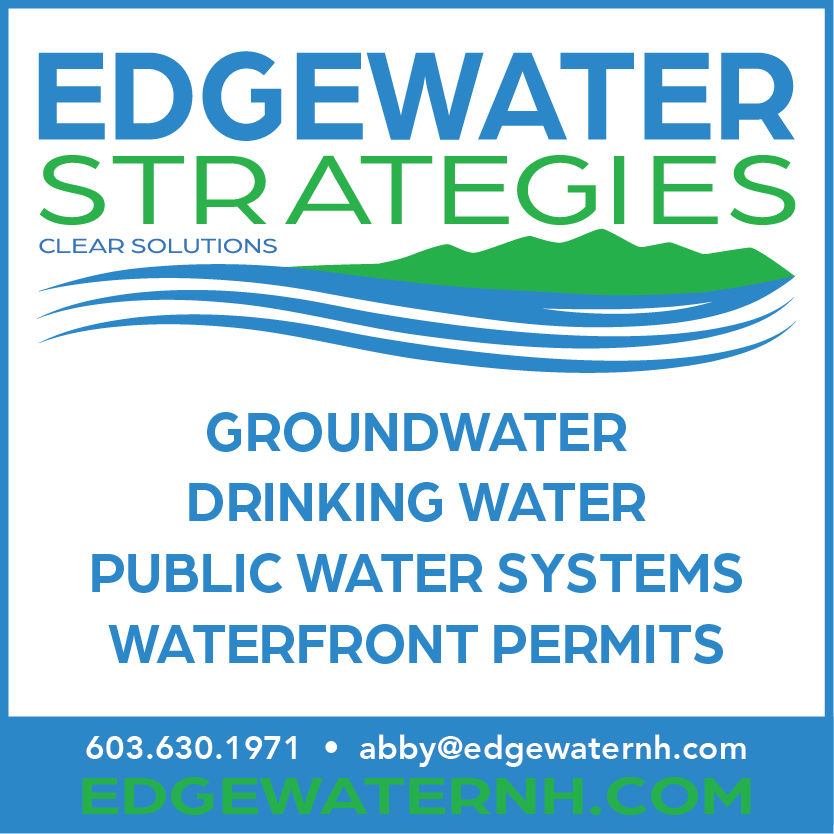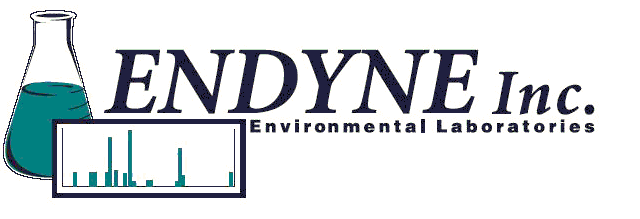STORY OF WATER
Strategic Priority No. 3 – The Story of Water: Influential Communications, Public Engagement and Legislative Advocacy
Strategy’s Cultural Attitudes and Behaviors: Masters of Messaging; Collaborative; Leaders, Unifiers & Trust Builders; Science-Savvy; Policy-Engaged
The work of water utilities is largely unseen, for this is a “hidden industry” with buried infrastructure and a low-profile workforce. Raising the public’s awareness and understanding of, and appreciation for, water utilities and the essential services they provide will be helpful to efforts to address systemic problems such as workforce development and infrastructure investment, to engage end-users in supporting their local water utilities, and to enlist legislative support for all aspects of water service.
Scenario Storylines:
- Challenge – Where Water Comes From: Because its infrastructure (e.g., pipes, pumps, storage) is largely hidden from view and uninterrupted service is taken for granted, most people are unaware of most aspects of their public water supply, including its sources, treatment, distribution, uses, health implications, economic value and costs.
- Implications: Absent significant understanding among water users of what it takes to maintain the essential services of their water utilities, it is difficult for these utilities to secure meaningful public support, including for both routine maintenance and capital expenditures.
- Action: NHWWA produces and distributes clear, compelling, and coordinated messages that have broad appeal and are shared widely to increase public understanding, advocacy, and support for water utilities.
- Challenge – Underinformed Leaders: Local and state officials represent the public and need to be well-informed about and supportive of the state’s water utilities.
- Implications: Officials face competing interests and may lack the information and commitment required to make effective funding and policy decisions.
- Action: NHWWA (i) provides current, critical and compelling information that demonstrates the many benefits of water services and creates public support for investment in and support of water systems, including their infrastructure and operations, and (ii) advocates for policies, programs and outcomes that are in the best interests of water utilities and their users.
- Challenge – New Partners: The NHWWA needs strong ties to businesses and other organizations most dependent on water to fund special projects that benefit the entire sector (e.g. infrastructure assessment, workforce development programs, and system communications infrastructure).
- Implications: Critical consumers of water (beverage, manufacturing, health care, education, municipalities) could more actively support the industry’s needs by sponsoring state-wide initiatives led by NHWWA.
- Action: NHWWA identifies key stakeholders, including but not limited to large quantity users (whether or not served by water utilities), Chambers of Commerce, and other interested parties that have shared goals and interests and are critically dependent on reliable, high-quality water supplies and builds strong, mutually-beneficial relationships that may also result in those entities providing financial support to NHWWA. It is critical to choose partners and projects carefully so as to avoid any possibility or appearance of a conflict of interest.
- Challenge – Sound Science: Sound science and appropriate risk assessment must be at the center of discussions and decisions about drinking water.
- Implications: Ignorance and fear may drive excess costs, create unintended consequences, and increase challenges.
- Action: NHWWA secures and provides access to expert scientific and technical guidance to raise local and statewide awareness, engagement, and support for sustainable water service investments.
- Challenge – Voice of Water: Various organizations in the state, including individual water utilities, NHWWA, other trade groups and nonprofit organizations, regulatory agencies and municipalities periodically release public messages about the challenges facing the state’s public water supply. There has not been a leading voice on this topic, and there is only limited coordination among the various voices.
- Implications: Water users, the general public, elected municipal officials, legislators, and the press do not receive consistent, coordinated and focused messaging and information about the importance, challenges and needs of the state’s public water supply sector.
- Action: NHWWA develops its communications resources so that it is seen as a credible, effective, data-driven and valued partner that builds consensus around public messaging on water supply issues.
Living Phases:
- Phase I.
- Fund and implement priority Communications and Marketing Plan recommendations, including: consistent messaging across all NHWWA communication platforms;
- Upgrade website (including, e.g., look, ease of use, security, search engine optimization (SEO), device compatibility, course offerings, registration function, automated membership and appeal communications, social media interconnection);
Amplify impact by providing talking points and templates to water utilities; conduct market research to establish baseline knowledge in partnership with NHDES and water utilities.
- Phase II.
- Collaborate on engagement and advocacy in public forums, industry groups, and legislative and regulatory bodies;
- Build relationships and reputation with key target audiences;
- Offer social media and public speaking / media training for NHWWA members.
- Phase III. Develop science advisory group to inform and guide policy positions and operational decisions.
- Phase IV. Engage in ongoing learning and collaboration, while sharing best practices and successes within New Hampshire and the New England region.


